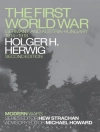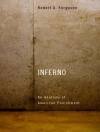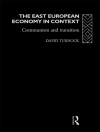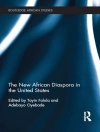In one of the most iconic images from World War II, a Russian soldier raises a red flag atop the ruins of the German Reichstag on April 30, 1945. Known as the Victory Banner, this piece of fabric has come to symbolize Russian triumph, glory, and patriotism. Facsimiles are used in public celebrations all over the country, and an exact replica is the centerpiece in the annual Victory Parade in Moscow’s Red Square. The Victory Banner Over the Reichstag examines how and why this symbo...
Про автора
Jeremy Hicks is professor of Russian culture and film at Queen Mary University of London. He is the author of First Films of the Holocaust, Dziga Vertov: Defining Documen...
Придбайте цю електронну книгу та отримайте ще 1 БЕЗКОШТОВНО!
Мова Англійська ● Формат EPUB ● Сторінки 422 ● ISBN 9780822987963 ● Розмір файлу 9.1 MB ● Видавець University of Pittsburgh Press ● Місто PIttsburgh ● Країна US ● Опубліковано 2020 ● Завантажувані 24 місяців ● Валюта EUR ● Посвідчення особи 7691684 ● Захист від копіювання Adobe DRM
Потрібен читач електронних книг, що підтримує DRM












